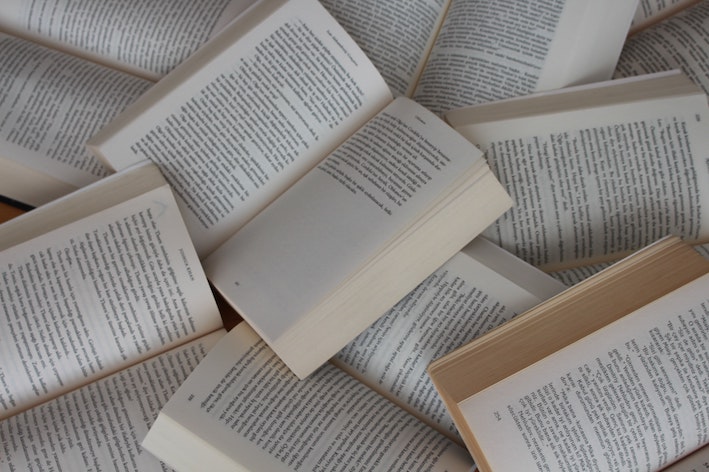Rough Draft: What Is It and How to Write One

Writing a rough draft is an essential part of the writing process and is an opportunity to write your first ideas and thoughts on paper. It can be challenging to dive directly into a rough draft of an essay or creative work (such as a novel or short story). You need to start by brainstorming your ideas and letting your creative juices flow. Then you take the time to outline your draft. Once you’ve done this, you are ready to sit down and write a draft.
Writing an Initial Draft

Every writer’s process is different, but there are several ways to reduce the difficulty of jumping into the first rough draft of a novel:
Allow Ideas to Flow Freely.
Rough drafts are where your most crazy ideas come to light. Don’t be shy about changing content or perspective, and don’t hesitate to come up with ideas worth exploring. This stage of your writing is for your eyes only, so you don’t have to feel awkward about what you’re putting on the paper.
Set a Goal
By giving yourself a deadline to complete a particular exercise or section. You will become more ambitious about your time, and less willing to waste it around sorting out the details. Promise to complete a certain number of pages or write a certain number of hours per day. Routines keep your writing consistent, so you don’t lose momentum and lag behind.
Give an Overview
Take time before writing the rough draft to create an outline that initiates the formation of the initial structure of the scene. Placing all the pieces before assembling gives you the clearest idea of how to organize your novel as well as identifying the missing (and useless) pieces.
Create in Advance
Pre-writing helps you get started and can include writing procedures and performing exercises. For example, writing freely allows the writer to write undisturbed – quickly writing down ideas without following a strict form – which allows the stimulation of creativity when suffering from the writer’s block.
Forget to Edit
When spitting out story details, you don’t have to worry about grammatical mistakes such as punctuation, passive voices, sentence completion, and inconsistent tenses. Leave the entire editing process until after your finish your rough draft. As long as you convey your thoughts in a way that you can understand, what you write in your draft lies between you and your vision. You can worry about well-written sentences in the second or third draft.
Start Wherever You Like
You want to start with the most exciting points for you. Every story starts from the beginning and doesn’t have to go step by step. If you are excited about the story’s climax before the beginning or end of the story, write it down first. You don’t want to get stuck in the details of a story that isn’t ready to be established yet. Writing a novel is a lengthy process, and you want to keep enjoying it for as long as possible.
Take a Break
The last thing you need to do is burn out before completing your first draft. Sometimes taking a break is precisely what your writing process needs to get away from writing and come back with a fresh mind later.
Finishing
Do not start the next draft until the current draft is complete. The sooner you refine it, the better. Sticking to your goals and spending time with you work will eventually produce a viable page which you can start engraving into the final draft of your novel.
How to Get Through the Writing Process

There are a few things you can do to avoid the hassle of writing a rough draft. It will help in making the writing process a little easier.
- Do not stress about the words. Put your ideas on paper. If you can’t think of a suitable word, enter the first word that comes to your mind and come back later.
- If possible, write some migration ideas in each body paragraph to connect, but again don’t worry about them. It’s okay if you can’t think about these transitions at this stage.
- In addition to introducing the given circumstances in the beginning chapter, be sure to provide background information about the characters and world of your novel.
- Look for paragraphs or sections that appear to have weak imagery. Identify those that require more information to either further the plot or character development of your story.
- Write a topic statement or goal for each chapter of section of the novel. This sentence shows the direction of each chapter and helps you stay in line with your plot outline.
- Write with an active voice.
- Take a break when the rough draft is complete. You deserve it.
Written by Anonymous Gooroo Blogger.